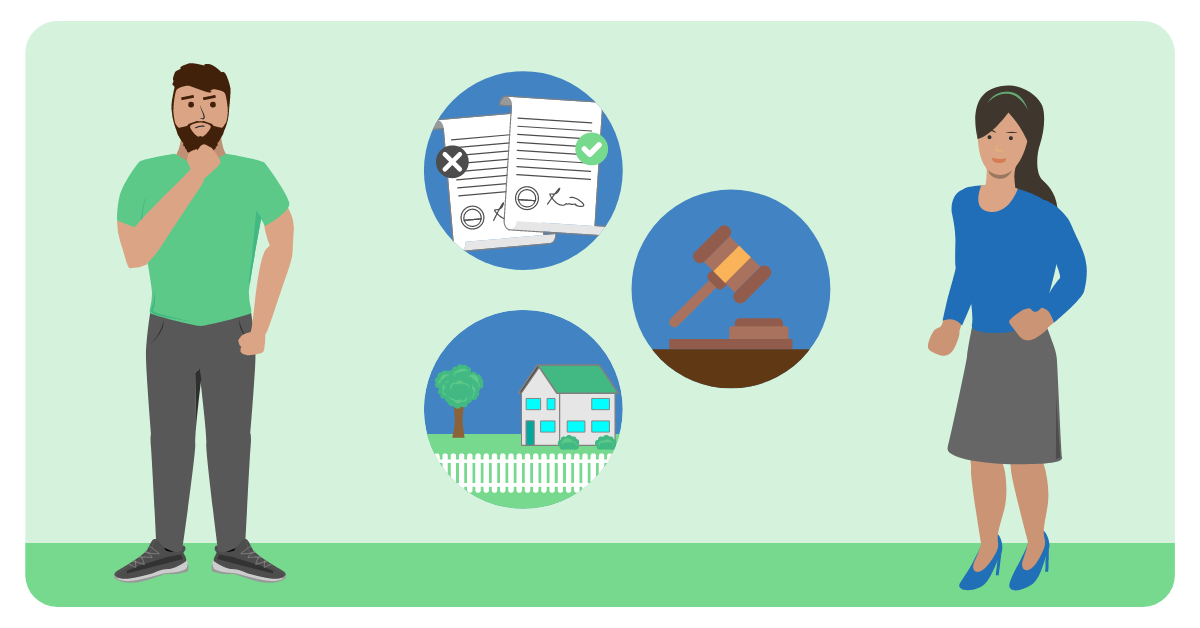What to Know About Restraining Orders in Minnesota

If you are not feeling safe at home or work, you may face a tough decision about a restraining order. Everyone deserves to feel safe, and that includes you. If you are considering a restraining order, you may have questions.
- Where do I start?
- Who can get one?
- What happens next?
- What does a restraining order mean, and what kind of protection does it give?
Let’s answer those questions.
What is a restraining order, and how can it protect me?
A restraining order, or “order of protection,” is granted by the court to protect a person, business, company, object, or the general public. Judges grant them in situations where there is allegedly harassment, violence, or abuse.
Two types of restraining orders exist: ex parte and full orders. An ex parte restraining order is a temporary order of protection. A judge grants this to the person filing for the order if the judge agrees an immediate and present danger exists, and that person needs immediate protection. An ex parte order can be granted without a hearing, meaning the abuser is not present in court or notified about the order. This decision is based solely on the information that the person filing provides without proceedings or a presentation of evidence. Ex parte restraining orders exist for a fixed period, up to two years, and are always temporary.
A judge grants a full order of protection after hearing evidence, testimonies, and witnesses. The first full order granted can last up to two years and extended afterward. When enough full orders are granted, it can last up to 50 years.
A restraining order means that the person cannot come within a certain distance of you. A violation of this order is a crime of criminal contempt, and the violator can be arrested and even face jail time. Restraining orders help individuals feel protected and safe.
Who is eligible for a restraining order?
You can file for an order for protection for yourself and/or your minor child. A restraining order can be filed against any of the following people who have committed violence against you or the minor child:
- your spouse or former spouse
- your parent
- your child
- someone related to you by blood
- someone with whom you live/lived
- someone with whom you have a child in common
- someone with whom you are expecting a child (if the female in the couple is currently pregnant)
- someone with whom you have/had a significant romantic or sexual relationship.
A minor child can file a restraining order for themselves in some cases if they are 16 or older. They can file on their own behalf against a spouse or former spouse. The minor can also file against a person with whom the minor has a child in common. In any case, the judge must believe that the minor has “sufficient maturity and judgment” to file on their behalf. It also must be in the child’s best interest to allow the filing as well. All other minors must have a parent, guardian, or a “reputable” adult in his/her household (who is age 25 or older) to file on their behalf.
Three primary steps to filing a restraining order:
- Fill out the forms and file them in court - Check out the MN Courthouse locations to find the courthouse in your area and make sure you file at the appropriate courthouse. Check for virtual or digital options. The clerk will help you if you need assistance. Prepare to include a description of the facts and sign the application under oath. Don’t be surprised if you are asked to sign the form in front of a notary public at the courthouse.
- Have the judge review and serve - Bring the petition to the clerk so that the judge can review. If the judge decides you are in immediate danger, they can grant an ex parte order. If it is granted, it must get served to the abuser along with a hearing date, if requested. If a hearing was not requested, the abuser, now respondent, has a right to request a hearing to object. A law enforcement officer serves these papers.
- The hearing - If a hearing is requested, it is important to attend to show the judge why you need the restraining order so that the full order gets granted.
Do I need a lawyer?
Filing for a restraining order, as well as a subsequent hearing, may feel scary. A lawyer can help guide you through the process, especially if you want to get a full restraining order. If you want to speak to an attorney to figure out where to start, consider LegalQ.
LegalQ is an app that makes it easy to connect with an attorney to get answers. Make a plan and move forward with confidence. Download the FREE app to get answers today.
Use LegalQ to talk to an attorney. Download the FREE mobile app now >>>




